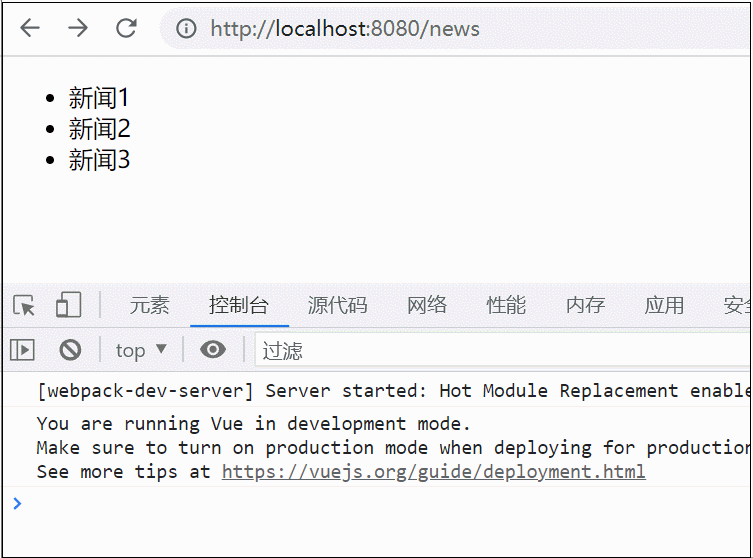前言
在vue官方资料中,我们可以可以很学会如何通过vue构建“动态组件”以及“异步组件”,然而,在官方资料中,并没有涉及到真正的“动态异步”组件,经过大量的时间研究和技术分析,我们给出目前比较合理的技术实现方式,并分析一下vue动态异步组件的原理
动态组件 & 异步组件的存在,使得我们更方便地控制首屏代码的体积,加快加载速度。
抛开具体细节不谈,一个普通 Vue 组件从创建到展现在页面里,主要经历了以下流程:
// 组件 Object
{
template: '<div>I am async!</div>'
}
// 经过 compileToFunctions 得到对应的 render function
with(this) {
return _c('div', [_v("I am async!")])
}
// 在经过 render 得到 Vnode 再 update 成为真实DOM
动态组件&异步组件与之有什么区别呢?
主要区别在于 render 中 createComponent 这一步,举例。
// 组件
Vue.component('example', {
template: '<div>I am async!</div>'
})
普通组件在 createComponent 时,会依据开发者自定义的 options,利用 Vue.extend 生成对应的构造函数,从而得到对应的 Vnode 。而一个异步组件
// 异步组件
Vue.component('async-example', function (resolve, reject) {
// 利用 setTimeout 模拟请求
setTimeout(function () {
// 向 `resolve` 回调传递组件定义
resolve({
template: '<div>I am async!</div>'
})
}, 1000)
})
则是要经过一系列处理,具体过程如下
在源码的 create-component。
// async component
let asyncFactory
if (isUndef(Ctor.cid)) {
asyncFactory = Ctor
Ctor = resolveAsyncComponent(asyncFactory, baseCtor, context)
if (Ctor === undefined) {
// return a placeholder node for async component, which is rendered
// as a comment node but preserves all the raw information for the node.
// the information will be used for async server-rendering and hydration.
return createAsyncPlaceholder(
asyncFactory,
data,
context,
children,
tag
)
}
}
首先 Ctor 就与之前不同,这里为一个 function
function (resolve, reject) {
// 利用 setTimeout 模拟请求
setTimeout(function () {
// 向 `resolve` 回调传递组件定义
resolve({
template: '<div>I am async!</div>'
})
}, 1000)
}
之后调用 resolveAsyncComponent(asyncFactory, baseCtor, context)
resolveAsyncComponent 在源码的 resolveAsyncComponent。
resolveAsyncComponent 的主要功能是定义 Ctor 所需要的 resolve 、reject 函数
// factory 为 Ctor factory(resolve, reject)
以 resolve 函数为例
const resolve = once((res: Object | Class<Component>) => {
// 缓存 resolved
factory.resolved = ensureCtor(res, baseCtor)
// 强制渲染
if (!sync) {
forceRender(true)
}
})
once 字面理解,就是只调用一次。当 Ctor 中 setTimeout 结束时调用。
ensureCtor 就是 Vue.extend 的封装以适应不同场景,所以 resolve 函数的主要功能就是在异步完成时,将得到的 Ctor 转化为构造函数,缓存在 factory.resolved 中。
之后利用 forceRender(true) 强制重新 render,由于之前缓存了 factory.resolved,resolveAsyncComponent 函数就直接返回了组件的构造函数。
if (isDef(factory.resolved)) {
return factory.resolved
}
之后就与普通组件一致了。
总结
以上就是这篇文章的全部内容了,希望本文的内容对大家的学习或者工作具有一定的参考学习价值,谢谢大家对的支持。

